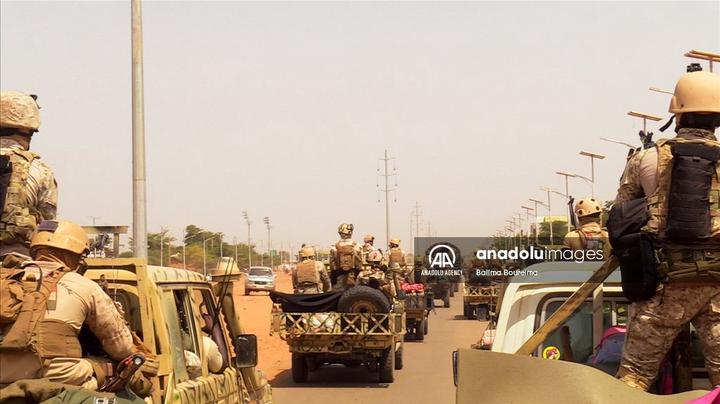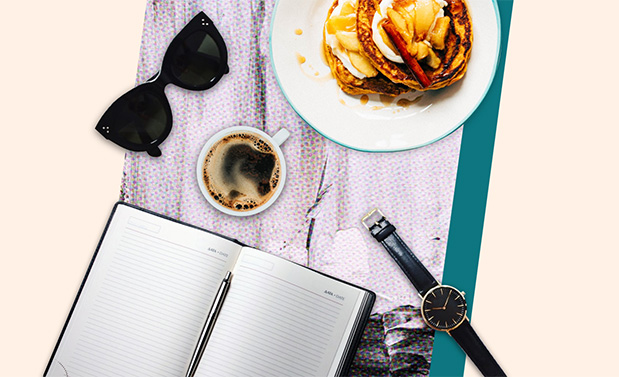By Bagehot
WE USE the phrase “death-trap” all too lightly. But a death-trap is exactly what the 24-storey Grenfell Tower in West London became when it caught fire in the early hours of June 14th. The fire, thought to have started when a fridge exploded in a fourth-floor flat, spread quickly as the building’s cladding caught fire. Dozens of residents were unable to reach the internal staircase. There was no external fire-escape to take them to safety, no sprinkler system to dampen the advancing flames, no smoke alarms to wake people. For some, the only way to escape was to jump and hope for the best: seventeen bodies of jumpers have been found on the ground. Several eye-witnesses report that a baby was thrown from a mid-floor window and caught by people standing below.
The questions immediately piled up. How many people were killed? How did the fire start? Why were the safety precautions so feeble? What can be done to look after the victims? Answering even the simplest of these questions will be surprisingly difficult: many people living in the tower block were recent immigrants or even refugees. The first known death was a refugee from Syria who had only recently come to the country and who spent the last two hours of his life, trapped in the inferno, talking to his family back home. The prime minister, Theresa May, announced that there would be an official inquiry. The Metropolitan Police has launched a criminal inquiry. Several MPs have called for charges of corporate manslaughter to be lodged.
It is in the nature of horrific tragedies that they bring communities together. Firemen and paramedics risked their lives to tame the raging inferno and save whoever they could. Thousands of people made donations from the useful (food, clothes, accommodation) to the bizarre (designer bikinis and a golf set). The fact that we may never know exactly who died in the blaze provokes fears of the anonymity of modern urban life. In fact, the fire has revealed the opposite of anonymity: a world of voluntary organisations, family ties, neighbourhood links and hyper-active religious leaders.
But it is also in the nature of horrific tragedies that they raise divisive political questions. There is the issue of who is to blame for the tragedy—the housing minister? Or the Kensington authorities? Or the housing association? Or the private company that was responsible for the day-to-day running of the building? That will depend on precise judgements made by judges and the many other experts who will no doubt be consulted in the inquiries by the government and the Met. Two revelations have already added to the urgency of the debate: the cladding used in the building is banned in the United States for buildings taller than forty feet tall. It is also rated “flammable” in Germany. A fire-resistant version of the cladding would only have cost an additional £5,000 for the entire building.
There is also the vital if slightly distasteful issue of the political narrative. Which political party will be able to use this tragedy to their advantage? Tragedies like this can sometimes be presented as local affairs with no broader political implications. But they can sometimes metastasise into major political events that contribute to a change in the balance of power or even governing ideology. The Ronan Point disaster in 1968, when a 22-storey tower block collapsed, led to more stringent construction regulations. The Triangle Shirtwaist Factory Fire in New York City in 1911, when 146 workers, most of them women, were burnt to death because the owners had locked the doors to the stairwells and exits, contributed to the rise of progressivism. This disaster has a similar feeling.
Mrs May got the narrative off to a dismal start from the Conservatives’ point of view when she visited the smouldering tower-block and talked to the rescue services but didn’t meet with any of the residents. This contributes to the idea that, at best she’s a “Maybot” who is incapable of expressing emotion, hardly a great quality in a politician, and, at worst, that she’s profoundly uncomfortable with modern Britain, only really at home when she’s talking to people in uniform or certified Conservative voters. By contrast Jeremy Corbyn, the Labour leader, provided a much more human response, chatting with residents, comforting victims and expressing righteous anger about what had happened. This underlined something that had become all too clear during the campaign: that Mr Corbyn is simply a much better politician than Mrs May, warm where she is cold, natural where she is stilted, and human where she is robotic.
The disaster also feeds into Mr Corbyn’s broader argument: that after decades of neo-liberalism under both Margaret Thatcher and Tony Blair, Britain is divided into two worlds. The fire revealed the world of London’s growing service class: the immigrants, refugees and casual labourers who are warehoused in (in this case unsafe) social housing so that they can provide the over-class of surrounding Kensington with drivers, cleaners, hairdressers and pedicurists. The fire also exposed some of the problems of using market mechanisms to deliver social goods: four executives of KCTMO, the company that manages the flats, were reportedly paid £650,000 in bonuses last year.
The argument in favour of contracting out the management to specialised companies, and motivating the managers of those companies with bonuses, is that it benefits everybody by boosting overall efficiency. That argument is hard to make when managers are enjoying huge bonuses and lives are being lost for the sake of a saving of £5,000. Mr Corbyn pushed home his advantage by calling for the seizure of empty luxury flats for people who are made homeless by the fire. “It cannot be acceptable that in London you have luxury buildings and flats kept as land banking for the future while the homeless and the poor look for somewhere to live”.
Mr Corbyn runs the risk of overplaying his hand by politicising the Grenfell tragedy with such ruthless efficiency. His call for seizing empty flats raises serious worries, particularly when it is accompanied by calls by his shadow chancellor, John McDonnell, for Labour supporters for a million people to protest at the election result in marginal Tory constituencies. British civilisation is based on respect for private property: the requisition of such property last occurred during the two world wars and was followed by compensation. The London School of Economics also calculates that, contrary to popular impression, “landbank” flats and houses account for “certainly less than 1 per cent” of new homes in the capital. It is also based on respect for the principles of parliamentary democracy.
Nor can the Labour Party simply assume that they will be the beneficiaries of the anger that was unleashed by the disaster: Sadiq Khan, London’s Labour mayor, was booed by residents and neighbours when he visited the tower, and had a bottle hurled at him. Labour’s advance in the recent election depended on its ability to appeal to both the service class who are housed in places like Grenfell Tower and the over-class that employs them. Kensington joined other rich London constituencies like Mr Corbyn’s own constituency of Islington North in voting Labour. That alliance will be difficult to preserve if taxes and rates have to rise substantially to improve safety.
But such tensions will take time to play out: for the moment the initiative lies with Mr Corbyn who enjoys the dual advantage of being both an insurgent and a long-term critic of contracting-out. The Conservative Party has been in power for the past seven years either on its own or in coalition. The neo-liberal model of harnessing the power of markets to deliver public services has been in power for longer than that. The Grenfell disaster will not only strengthen Mr Corbyn’s short-term project of toppling Mrs May’s weak Conservative government. But it will strengthen his longer-term project of toppling the neo-liberal model that has been in power in Britain since the 1980s.
Clarification (July 19th): This article originally mentioned Sadiq Khan’s faith because many of the victims of the fire were themselves Muslims. The mention has since been removed
Note: This article have been indexed to our site. We do not claim legitimacy, ownership or copyright of any of the content above. To see the article at original source Click Here













